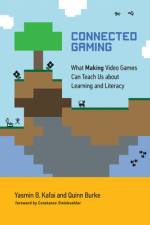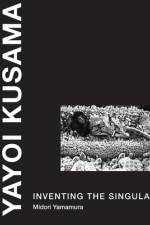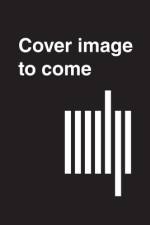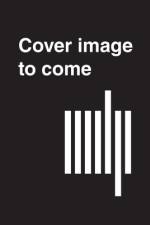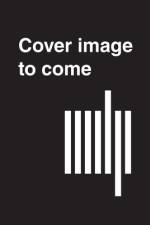- Perspectives on Randomized Trials in Development Economics
av Timothy N Ogden
717
Discussions of the use and limits of randomized control trials, considering the power of theory, external validity, gaps in knowledge, and what issues matter. The practice of development economics has undergone something of a revolution as many economists have adopted new methods to answer perennial questions about the effectiveness of anti-poverty programs. In this book, prominent development economists discuss the use and impact of one of the most significant of these new methods, randomized control trials (RCTs) and field experiments. In extended interviews conducted over a period of several years, they explain their work and their thinking and consider the broader issues of how we learn about the world and how we can change it for the better. These conversations offer specialists and nonspecialists alike a unique opportunity to hear economists speak in their own words, free of the confines of a particular study or econometric esoterica. The economists describe how they apply research findings in the way they think about the world, revealing their ideas about the power of theory, external validity, gaps in knowledge, and what issues matter. Also included are interviews with RCT observers, critics, sponsors, consumers, and others. Each interview provides a brief biography of the interviewee. Thorough annotations offer background and explanations for key ideas and studies referred to in the conversations. ContributorsAbhijit Banerjee, Nancy Birdsall, Chris Blattman, Alex Counts, Tyler Cowen, Angus Deaton, Frank DeGiovanni, Esther Duflo, Pascaline Dupas, Xavi Gine, Rachel Glennerster, Judy Gueron, Elie Hassenfeld, Dean Karlan, Michael Kremer, David McKenzie, Jonathan Morduch, Lant Pritchett, Jonathan Robinson, Antoinette Schoar, Dean Yang

